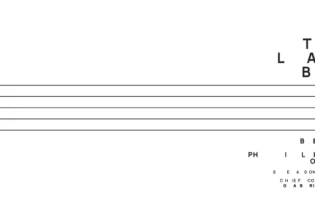A CENTURY OF CREATION


For national schools of Central Europe, particularly the Hungarian school, the last century was a century of creation. During that period, some of the greatest composers in the history of Hungarian music created their most famous works with incorporated folklore elements. The brilliant Dances of Galánta (Galátai táncok) is written in 1933 by the Hungarian composer Zoltán Kodály. The composer found the inspiration for this piece in the music that he had most likely encountered as a child, in the city of Galánta, where his father had worked as a railway station master, on the Budapest-Vienna line. A skillfully artistically transposed folklore pattern, along with a masterful orchestration, rich in colors and with voluminous instrumentation, make this work one of the favorites in the standard concert repertoire. The program also features Béla Bartók’s most famous work, Concerto for Orchestra, one of the most popular and most demanding symphonic works in the modern concert repertoire. A phenomenal horn soloist of the Belgrade Philharmonic Orchestra Nikola Ciric performs again before the Belgrade audience, this time Glière’s Concerto for Horn and Orchestra. The conductor is the charismatic John Axelrod, one of the musicians’ and audience’s favorite, who will be performing this kind of repertoire for the the first time.













